Biomedical Engineering
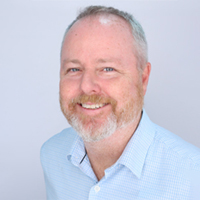
Eric Brey, Ph.D.
My laboratory is focused on the fields of tissue engineering and regenerative medicine through a control and evaluation of vascularized tissue formation. We have expertise in biomaterials, tissue engineering, imaging and vascular biology.
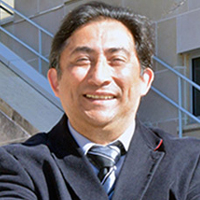
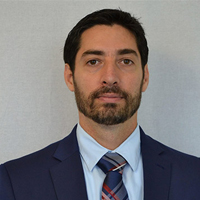
Hugo Giambini, Ph.D.
My current research addresses the mechanical and biomechanical factors influencing hard and soft tissue integrity and performance, as well as non-invasive tissue assessment and modeling using medical imaging. My research interests lie in using biomechanics and imaging tools to improve predictive methods and better understand pathogenesis of musculoskeletal conditions. The long-term goal of my research is to develop clinical tools to enable earlier diagnosis, prescribe effective interventions, and assess outcomes for individuals with musculoskeletal disorders.
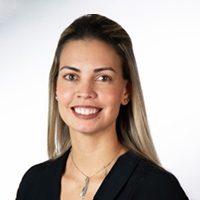
Maria Gonzalez Porras, Ph.D.
Our research interests lie in using multidisciplinary strategies to engineer adipose tissue function for applications in obesity and cancer.
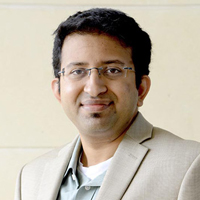
Teja Guda, Ph.D.
My current interests are focused on developing regenerative strategies for musculo-skeletal tissue engineering. On-going projects focus on bio-printing of tissues, drug delivery technology and the development of bioreactors for stimulating tissue regeneration.
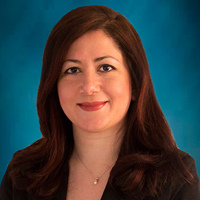
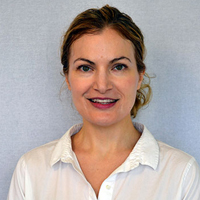
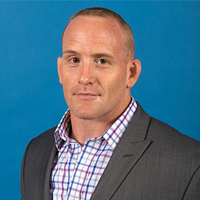
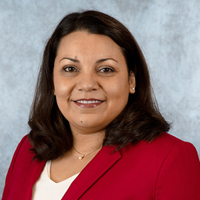
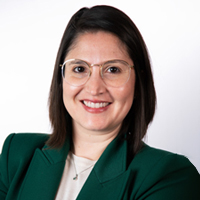
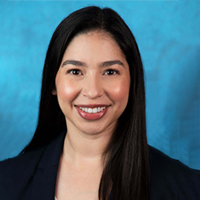
Marissa Wechsler, Ph.D.
The Wechsler lab focuses on the use of engineered polymeric systems for biomarker detection, drug delivery, and the design of complex biological microenvironments with applications in nanotechnology, biosensing, and tissue engineering. We custom synthesize environmentally responsive (temperature and pH sensitive) hydrogels for protein sensing/delivery and stem cell-based technologies. Diseases our research aims to target includes (but is not limited to) autoimmune diseases, vascular diseases, and osteoporosis.
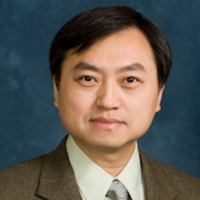
Jing Yong Ye, Ph.D.
The research in our lab covers a wide range of areas in biomedical optics and nanobiotechnology, with special emphasis on the development of cutting-edge ultrasensitive and ultrafast laser-based detection techniques and methodologies to address critical issues at the frontier of biomedical research and applications, including cancer research, drug delivery, drug toxicity assays, and neuroscience.
Chemical Engineering
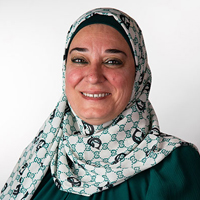
Nehal Abu-Lail, Ph.D.
My research program is focused on fundamental understanding of how cells interact with surfaces and respond to stresses within their environments. We are interested in prokaryotic as well as eukaryotic cells. While some of our projects are standalone projects of our lab, the majority of them represent interdisciplinary collaborative efforts with other groups.

Eric Brey, Ph.D.
My laboratory is focused on the fields of tissue engineering and regenerative medicine through a control and evaluation of vascularized tissue formation. We have expertise in biomaterials, tissue engineering, imaging and vascular biology.
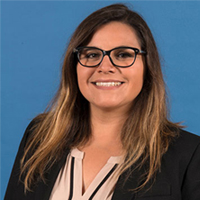
Gabriela Romero Uribe, Ph.D.
Gabrielaromero.Uribe@utsa.edu@utsa.edu
Our research group focuses developing exclusive, powerful nanomaterials systems to manipulate cellular signals and behaviors. We engineer stimuli-responsive soft matter and biocompatible nanomaterials for their applications in drug delivery.
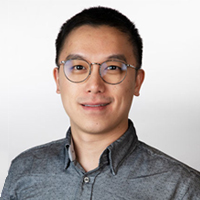
Electrical and Computer Engineering

Mechanical Engineering
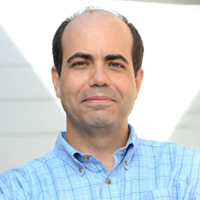
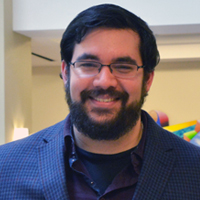
R. Lyle Hood, Ph.D.
Our Medical Design Innovations Laboratory focuses on the development of innovative medical technologies to better empower surgeons and military and civilian first-responders. We invent and progress medical devices from conception to proof-of-concept to clinical translation.
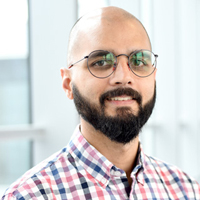
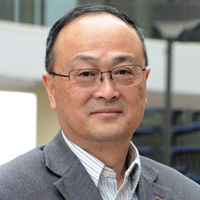
Biology • Neuroscience
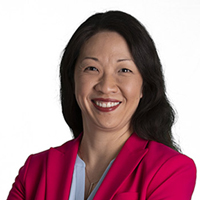
Jenny Hsieh, Ph.D.
The Hsieh laboratory is a neural stem cell biology laboratory that focuses on 4 major areas: (1) epilepsy-in-a-dish, (2) 3D cerebral organoids, (3) patient recruitment, and (4) mechanisms of adult neurogenesis.
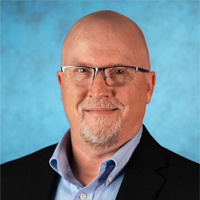
Christopher Navara, Ph.D.
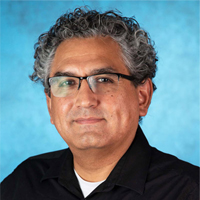
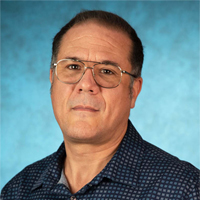
Francesco Savelli, Ph.D.
Research in Dr. Savelli’s lab is centered on how neurons of the hippocampal formation process information. One high-level function concerns the use of perceptual information of external landmarks (e.g., from the visual system) and the internal sense of motion (e.g., from the vestibular or motor systems) to dynamically create your sense of location relative to a mental map of the surrounding environment. Neurons of the hippocampal formation such as place cells, grid cells, and boundary cells appear to participate in this function. Experimental and computational work in the laboratory is motivated by several broad questions: 1) What role exactly these cells have in the computations that are necessary for creating the map and for updating your sense of location; 2) How subcortical regions participate in this process; and 3) How all this relates to other types of cognitive abstractions that the hippocampal formation creates beyond maps (e.g., of time, or of autobiographical memories).
Interested in Becoming an ESTEEMED Mentor?







